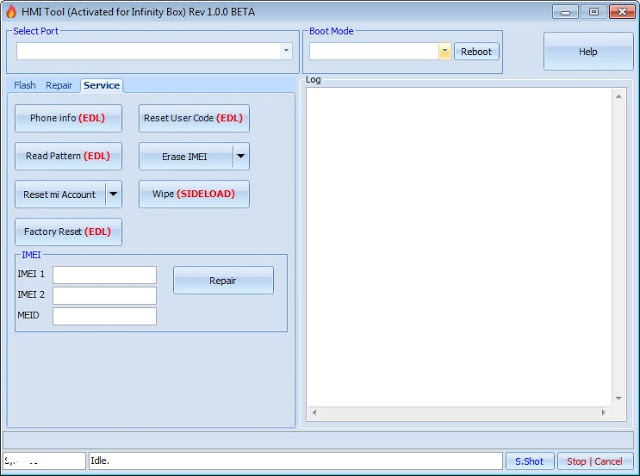

This will demand acknowledgment of spine care’s strong bias toward identifying anatomic pain sources that are often inaccurate and usually insufficient to direct predictably-effective, standardized treatments. This recorded webinar will focus on improving our conventional diagnostic methodologies. Those are qualities rarely found in spine care, yet employer and union purchasers, increasingly interested in value, now actively seek solutions that can assure that care delivery is appropriate, necessary, and effective. Delivering value-based, individualized care requires greater diagnostic precision and accuracy that in turn identifies predictably effective, standardized treatment for each individual.
Spine professional and essential license key free#
This one-hour NASS 2021 pre-conference webinar is free for all members and nonmembers.Ĭlinical decision-making and patient-centric spine care are significantly compromised by a single fundamental deficiency: the inability to “precisely” diagnosis most conditions. Attendees are encouraged to share their experiences and perspectives in what we expect will be a lively Q&A.

Faculty are experts in IONM guidelines and standards, clinical practice patterns and closed claims involving IONM and spine surgery. This session will address the most common questions the IONM Section gets from the NASS community. Additionally, hospital policies and procedures that constrain the practice of IONM can reduce patient safety and result in additional unanticipated medicolegal exposure. Deviations from guidelines and standards on the part of the surgeon are often documented by the IONM team for their medicolegal protection, potentially increasing exposure for the surgeon. Depending on individual preferences and practice patterns, spine surgeons take on various levels of responsibility for the supervision, interpretation and technical performance of IONM, often without knowing these guidelines and standards exist. As an independent profession, the neuromonitoring (IONM) community frequently publishes evidence-based guidelines and standards that establish and maintain expectations for how IONM should be performed.


 0 kommentar(er)
0 kommentar(er)
